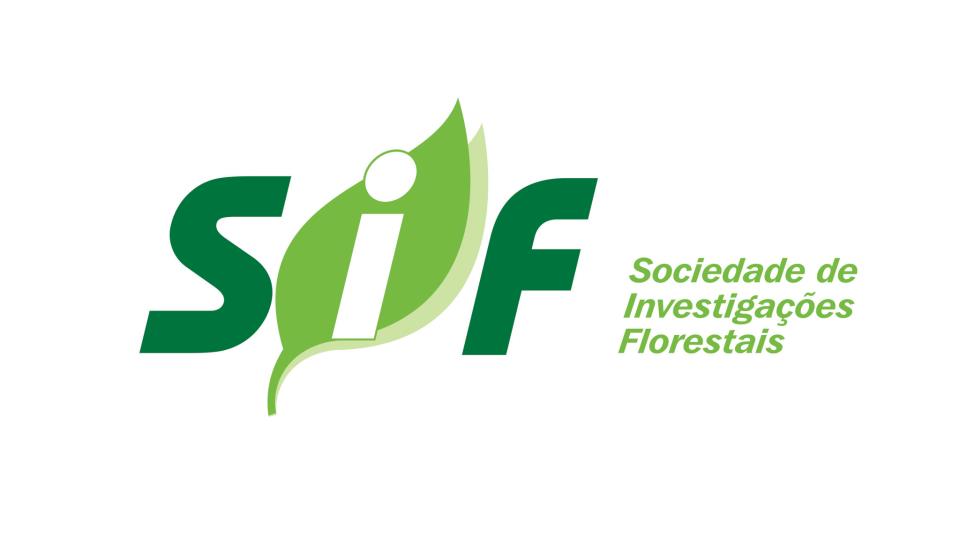Biblioteca Florestal
Digital
Digital
Efeitos da sequência de branqueamento na ação de alvejantes óticos em celulose kraft de eucalipto

- Página inicial
- →
- Biblioteca Florestal Digital
- →
- Periódicos
- →
- Cerne
- →
- Cerne - v.20, n.2, 2014
- →
- Ver item
JavaScript is disabled for your browser. Some features of this site may not work without it.
| dc.contributor.author | Manfredi, Mauro | |
| dc.contributor.author | Colodette, Jorge Luiz | |
| dc.contributor.author | Oliveira, Rubens Chaves de | |
| dc.contributor.author | Barbosa, Bianca Moreira | |
| dc.date.accessioned | 2015-08-19T18:54:49Z | |
| dc.date.available | 2015-08-19T18:54:49Z | |
| dc.date.issued | 2014-04 | |
| dc.identifier.citation | MANFREDI, M. et al. Efeitos da sequência de branqueamento na ação de alvejantes óticos em celulose kraft de eucalipto. Cerne, Lavras, v. 20, n. 2, p. 223-230, abr./jun. 2014. | pt_BR |
| dc.identifier.issn | 0104-7760 | |
| dc.identifier.uri | http://www.bibliotecaflorestal.ufv.br:80/handle/123456789/14905 | |
| dc.description.abstract | Durante o processo de branqueamento a celulose é tratada com reagentes químicos que, ao se tornarem resíduos na polpa, podem interferir na ação dos alvejantes óticos. Diferentes sequências de branqueamento podem produzir polpas com o mesmo grau de alvura, mas com potenciais diferentes para incremento da brancura por meio da aplicação de alvejantes óticos. Neste trabalho, objetivou-se avaliar a influência da sequência de branqueamento da celulose na eficiência de alvejantes óticos dos tipos dissulfonados e tetrassulfonados. Foram utilizadas polpas kraft de eucalipto branqueadas por quatros sequências de branqueamento em três níveis de alvura. Para cada sequência de branqueamento foi gerado um modelo matemático predizendo a brancura final da polpa em função da alvura inicial e carga (quantidade de reagente) de alvejante aplicada. Foi constatado que a presença de resíduos organoclorados na celulose reduz a eficiência dos alvejantes. Sequências que utilizam menor carga de dióxido de cloro possibilitam maiores ganhos na brancura com a aplicação de alvejantes óticos. A substituição de um estágio final de branqueamento com dióxido de cloro por um estágio com peróxido de hidrogênio aumentou a eficiência dos alvejantes. | pt_BR |
| dc.description.abstract | During the bleaching process the pulp is treated with chemical reagents that can be retained in the pulp and interfere in the action of the optical brighteners. Different bleaching sequences can produce pulps at the same brightness but with different potential to whiteness increase when treated with optical brighteners. The objective of this study was to evaluate the influence of the bleaching sequence on the efficiency of disulphonated and tetrasulphonated optical brighteners. Eucalyptus kraft pulp was bleached using four different bleaching sequences. For each pulp three brightness targets were aimeds. For each bleaching sequence mathematical model was generated for predicting the final pulp whiteness according to the initial brightness and the optical brightener charge applied. The presence of organochlorine residues in the pulp reduced the effectiveness of the optical brighteners. Therefore, bleaching sequences that use low chlorine dioxide charge favors for greater gains in whiteness with the application of optical brighteners. The replacement of the final chlorine dioxide bleaching stage with a hydrogen peroxide one in the sequence increased the efficiency of the optical brightening agents. | pt_BR |
| dc.format | 8 páginas | pt_BR |
| dc.language.iso | pt_BR | pt_BR |
| dc.publisher | Universidade Federal de Lavras | pt_BR |
| dc.relation.ispartofseries | Cerne:v.20,n.2; | |
| dc.subject.classification | Ciências Florestais::Tecnologia e utilização de produtos florestais::Tecnologia de celulose e papel | pt_BR |
| dc.title | Efeitos da sequência de branqueamento na ação de alvejantes óticos em celulose kraft de eucalipto | pt_BR |
| dc.title | Effects of the bleaching sequence on the optical brighteners action in eucalyptus kraft pulp | pt_BR |
| dc.type | Artigo | pt_BR |
Arquivos deste item
| Arquivos | Tamanho | Formato | Visualização | |
|---|---|---|---|---|
| Cerne_v20_n2_p223-230_2014.pdf | 694.5Kb |

|
Visualizar/ |
|





